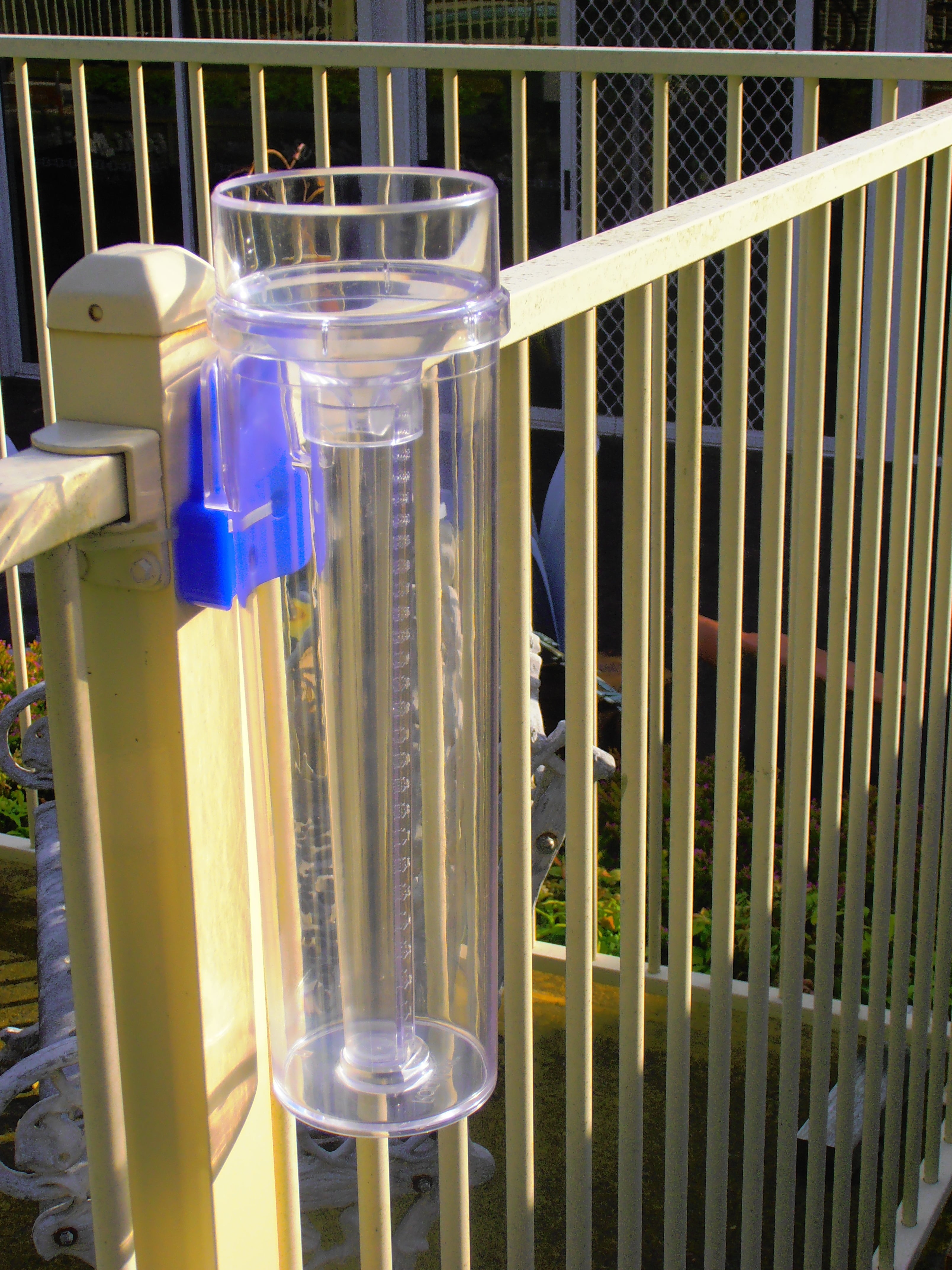Revealing the Science Behind Rainfall Gauges: Exactly How These Instruments Play an Essential Role in Environment Study and Environmental Tracking
Rain determines, seemingly easy gadgets, hold a profound importance in the world of climate research and ecological monitoring. As we peel back the layers of this scientific shroud surrounding rain assesses, we reveal a world where accuracy, data accuracy, and careful observation converge to introduce a deeper understanding of our changing environment and its impact on the world.
Relevance of Rainfall Scales
Rainfall evaluates play an indispensable function in surveillance and measuring precipitation degrees, offering necessary data for climate study and analysis. These tools are fundamental in measuring the quantity of rains that takes place in a certain area over a specific period. By gathering and gauging rain, rain gauges deal important understandings right into the distribution and intensity of rainfall, helping meteorologists, hydrologists, and climatologists in comprehending weather patterns and fads.
One of the vital reasons rainfall assesses are critical is their capability to provide local and accurate information. Unlike satellite or radar-based measurements, which use broader observations, rain determines offer accurate details particular to the location where they are placed. This localized data is crucial for numerous applications, consisting of flooding forecasting, dry spell monitoring, and water source monitoring. In addition, long-lasting information gathered from rain assesses assists in assessing environment change effects and patterns, adding significantly to scientific research and decision-making processes. Essentially, rainfall determines act as important tools in the area of weather forecasting and environmental scientific research, playing a vital duty ahead of time our understanding of weather and climate dynamics.
Kinds of Rainfall Scales

Performance and Operation
In the world of climate research study and atmospheric studies, the efficiency of rain gauges lies in their complex capability and specific operational mechanisms. Rainfall determines are designed to precisely gauge the quantity of precipitation that drops over a specific area throughout a set duration.
The functionality of rainfall gauges is based upon the concept of determining and gathering rain in a standard fashion. This collected information is essential for recognizing neighborhood weather condition patterns, tracking long-lasting climate trends, and assessing ecological influences. To ensure accurate dimensions, rainfall gauges requirement to be strategically put in open locations away from blockages such as buildings or trees that might hinder the collection process.
The functional facet of rain assesses entails normal upkeep to avoid particles buildup, calibration checks to maintain measurement accuracy, and information videotaping for evaluation (rain gauge). Overall, the performance and procedure of rain assesses are necessary for collecting trustworthy precipitation information important to environment study and ecological tracking
Function in Climate Research Study
Offered the crucial importance of exact precipitation measurements in understanding weather patterns and environmental influences, the function of rainfall assesses in climate research is essential. Rain assesses supply essential data for environment research study by quantifying the amount of precipitation that tips over a details location throughout a given period. This data is essential for keeping track of long-term fads in precipitation patterns, assessing the influence of environment modification additional reading on rainfall circulation, and boosting climate models.

Environment researchers make use of data gathered from rain assesses to examine variations in rainfall degrees, identify regional environment patterns, and review the efficiency of water source administration strategies. By comparing historic precipitation information with existing measurements, researchers can find shifts in precipitation patterns, such as modifications in the regularity or intensity of rains occasions. This details is crucial for comprehending exactly how climate modification is affecting precipitation characteristics and can assist policymakers make notified choices concerning adjustment and reduction approaches.
Applications in Ecological Surveillance

In flooding forecasting, rain scale information assists to track rains intensity and circulation, permitting authorities to provide timely warnings and take required actions to alleviate flood risks (rain gauge). Dry spell tracking relies upon rainfall gauge information to examine wetness degrees in the dirt and track precipitation deficits, aiding in the recognition of drought-prone areas and the implementation of dry spell reaction approaches
Moreover, rainfall gauge data plays an essential role in water source administration by providing details on water availability and use fads. In addition, in farming, rain scale data helps farmers in maximizing irrigation schedules, plant selection, and general farm monitoring methods based on regional rainfall patterns.
Final Thought
Finally, rain gauges are vital tools for determining rainfall, giving valuable information for climate study and ecological surveillance. With numerous kinds and performances, rain determines play a crucial role in understanding rainfall patterns and their effect on the setting. By precisely gauging rains, these gadgets add to the development of clinical expertise and assistance in making informed choices relevant to water source administration and disaster readiness.
Rainfall assesses play a vital function in tracking and measuring rainfall degrees, offering vital data for environment research and evaluation. The typical rainfall gauge, recognized as the "tipping pail" gauge, is one of the most generally made use of tools. Ultrasonic rainfall evaluates usage audio waves to discover the existence of rain, offering real-time data on rainfall levels.Environment researchers make use of data accumulated from rain determines to examine variations in rainfall degrees, recognize regional environment patterns, and assess the Website effectiveness of water source management methods.In verdict, rainfall evaluates are crucial devices for measuring precipitation, giving beneficial data for environment study and environmental tracking.